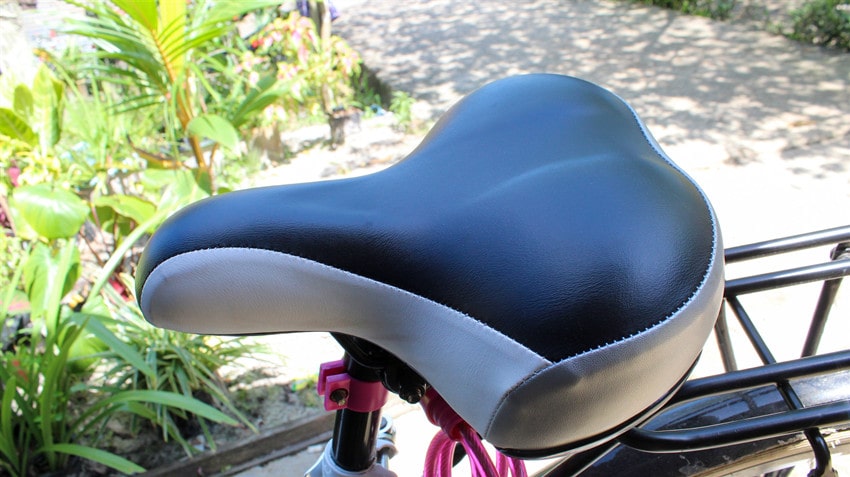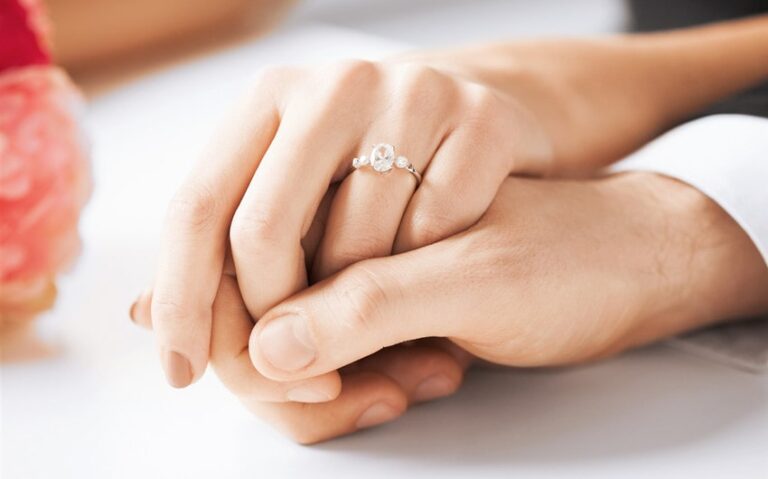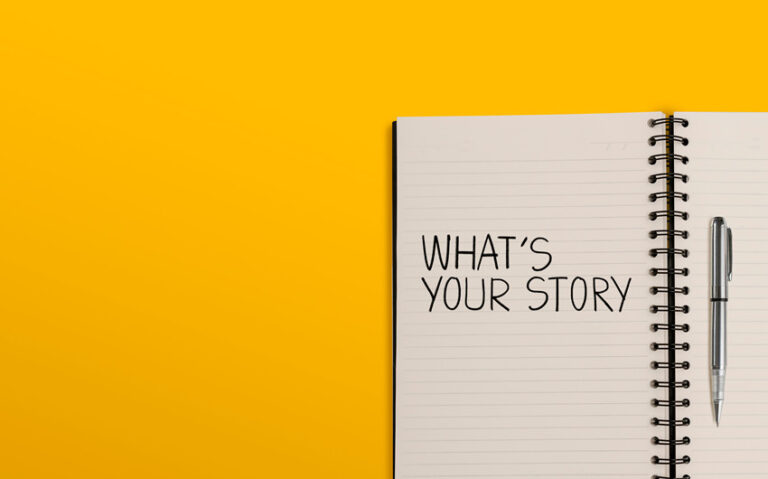Why Are Bike Seats So Uncomfortable?
Every time I get back on my bike after a break, I feel hopeful. There’s this little thrill of movement and freedom, and then—bam—I sit down. That first jolt of discomfort never fails to remind me why I stopped riding in the first place. It’s almost funny. I mean, bikes are supposed to be fun, right? So why are bike seats so uncomfortable? I got tired of just wincing and wondering. I decided to look into it. Turns out, the pain has reasons—and most of them have nothing to do with me being “soft.”
The Design Is Intentional—But Not For Comfort
This was the part that blew my mind. Bike seats, or saddles as they’re properly called, aren’t built with the goal of comfort in the way I assumed. They’re not supposed to feel like a La-Z-Boy. In fact, if they did, they’d actually make riding harder.
Most saddles are narrow and firm because they’re built to support your sit bones—not your whole backside. Sit bones are the bony parts at the bottom of your pelvis that are designed to bear weight. A good saddle targets those pressure points and leaves the rest of your soft tissue alone. Plush padding might feel nice at first, but it can actually press into areas that aren’t built for sustained pressure, causing numbness or pain.
Performance saddles, like the ones used in road cycling or racing, go even further. They’re streamlined to reduce friction, minimize movement, and keep the rider efficient over long distances. That design makes perfect sense—if you’re trying to win the Tour de France. For someone like me, taking leisurely rides through the neighborhood or along a bike path, that design feels punishing.
It made me realize that comfort isn’t just about softness. It’s about support—and unfortunately, most stock bike seats aren’t designed to support most of us. They’re mass-produced, generic, and more focused on aesthetics than anatomy.
Body Position Plays a Bigger Role Than I Thought
Another factor I hadn’t thought much about was riding position. The way your body is angled while biking directly affects how your weight is distributed across the saddle. It took some experimenting before I noticed just how much a small shift forward or backward could change everything.
When you’re leaned forward—like on a road bike—you naturally shift some of your weight onto your arms and legs. Your pelvis rotates slightly, so you’re sitting more on the front of your sit bones. The saddle only has to support part of your weight, which explains why those saddles can get away with being narrow and firm.
Now compare that to sitting upright on a cruiser or city bike. Your spine is vertical, your pelvis rocks back slightly, and almost all of your body weight settles right onto the saddle. If that saddle isn’t the right shape or width, the pressure goes straight to soft tissue areas and nerve clusters. That’s when I noticed things like tingling legs or aching hips after even short rides.
Adjusting my handlebar height helped a lot. Raising them slightly encouraged a more natural forward lean, which relieved some of the downward pressure. I also experimented with saddle tilt. A nose-tilted-down angle, just a degree or two, significantly reduced pressure in areas I didn’t even know could hurt before.
Posture might not be the first thing you think of when your butt is screaming after a ride—but it turns out to be one of the biggest influences on how a saddle feels.
Not All Butts Are the Same—And Neither Are Saddles
This one seems obvious in hindsight, but it took me a while to accept that I just might need a completely different saddle than the one that came with my bike. Everyone’s anatomy is unique. The spacing between sit bones, the angle of your hips, and even the way your thighs move when you pedal—these all affect which saddle shape will actually work for you.
I did a little DIY measurement using cardboard and some chalk to figure out my sit bone width. Turns out, I needed a saddle that was at least 30mm wider than the one I was using. That alone made a huge difference. When your sit bones aren’t properly supported, your body compensates by shifting constantly, which increases friction and discomfort.
Then there are the saddle cutouts. I used to think those were just for show, or maybe some gimmick. But they’re not. Saddles with central cutouts or pressure-relief channels are designed to reduce pressure on soft tissue and nerve bundles, especially the perineal area. Once I switched to a cutout design, I immediately noticed less numbness after longer rides.
It made me realize there’s no such thing as a universally “comfortable” saddle. What works for one rider can be unbearable for someone else. The only way to figure it out is to experiment—and be willing to swap out the default saddle for something better suited to your body.
The Myth of Soft = Comfortable
One of the biggest misconceptions I had was that softer meant better. I tried those big, squishy, memory-foam saddles thinking I’d finally found the secret to pain-free rides. They felt amazing for the first ten minutes—but by mile two, the story changed. The padding compressed, my hips started shifting side to side, and I could feel hot spots forming. It wasn’t just uncomfortable—it was worse than the stock saddle I’d hated before.
Soft saddles can cause your sit bones to sink in too far, which means the rest of your weight gets supported by tissues and nerves that aren’t built for that job. And because you’re sinking into the material, your legs have to work harder to maintain a smooth pedal stroke. It can throw off your alignment, cause rubbing in places you’d really rather not mention, and lead to long-term aches.
That doesn’t mean soft saddles are useless—they have a place, especially for very upright riders or people who ride short distances. But for anything longer than 15–20 minutes, firmness combined with proper shape tends to win every time. I had to reframe my thinking: discomfort wasn’t a sign that I needed more cushioning. It was a sign I needed better support.
Sometimes It’s Just Your Body Getting Used to It
I didn’t love this part of the learning curve, but it turns out part of the discomfort really is about conditioning. If you haven’t ridden in a while (or ever), your body isn’t used to the pressure on those specific bones and tissues. The skin, muscles, and ligaments around your pelvis aren’t accustomed to being compressed like that, so even the perfect saddle can feel harsh at first.
The good news is, your body adapts. After a few consistent rides, I noticed the soreness faded faster, and I stopped thinking about the saddle every five seconds. Short, frequent rides seemed to help the most. Pushing through a long ride when your body’s not ready only makes it worse—and might discourage you from getting back on the bike at all.
Still, it’s important to distinguish between expected soreness and signs something is wrong. Numbness, burning, or sharp pain? That’s not a matter of getting used to it. That’s a signal something—fit, angle, or seat choice—is off and needs to change. I made the mistake of ignoring numbness in my toes for weeks, thinking it was just “part of biking.” It wasn’t. It was bad saddle tilt and too much pressure on my lower spine.
What I Changed (and What Helped Most)
After several weeks of experimenting, adjusting, and—honestly—complaining a lot, I finally landed on a setup that makes riding enjoyable again. Not perfect. But enjoyable. Here’s what made the biggest difference for me:
- I replaced the saddle with one designed for my sit bone width and riding style. I went with a moderate-width model with a pressure-relief cutout.
- I adjusted the angle of the saddle so it tilts down just slightly. This relieved pressure on soft tissue and helped prevent sliding forward.
- I raised the handlebars slightly to reduce forward lean. That took strain off my wrists and shoulders, too.
- I invested in a pair of padded bike shorts. Not stylish, but my butt doesn’t care. Total game-changer.
- I stuck to short, consistent rides while my body got used to the new setup. I didn’t force anything longer than 30 minutes until it felt right.
With all of that combined, I don’t dread sitting down on the saddle anymore. I still make minor tweaks—moving the seat back a bit, adjusting height—but I finally feel like I’m in control of the ride instead of suffering through it.
It Was Never About the Seat Alone
Looking back, I realized I’d blamed the seat because it was the part touching me—but the real issue was much bigger than that. It was about how the whole system worked together: the bike’s geometry, my posture, my gear, and how my body reacted to the motion. Once I started thinking holistically, things got better fast.
So if your bike seat feels like a torture device, don’t assume it’s just you. You’re not too delicate. You’re not doing it wrong. Chances are, the saddle just doesn’t fit your body—or you haven’t found the right setup yet. With a little curiosity, a few adjustments, and some trial and error, it really can get better.
And once it does? Riding stops feeling like a punishment. It starts feeling like what it’s supposed to be: a joy.






